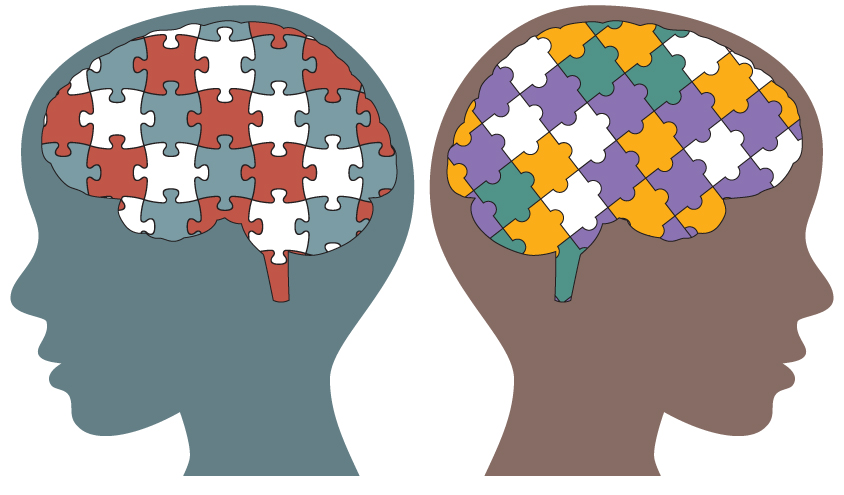Coming to terms with any illness can be, at the best of times, overwhelming. When it involves your diet, it can seem impossible at first thought. What do you give up? What are you going to be able to stick with and will you even enjoy the whole eating experience again?
What Can Cause Non-Alcoholic Fatty Liver Disease (NSFLD)?
I was faced with this decision in April 2015. After months of not feeling well, I had earlier gone for a check-up, which included blood work and an ultrasound of my abdomen. Expecting to find either ulcers or gastric reflux, imagine my surprise when I was told that I have Non-Alcoholic Fatty Liver Disease, or NAFLD for short.
Blissfully ignorant, I always thought that this sort of illness was reserved for those with a taste for alcoholic beverages. What an incredible awakening to find out that it can be caused by what I eat! Those seemingly innocent muffins, cakes, pies, cookies, and store-bought goodies that were the focus of my not-so-healthy diet were, in fact, slowly killing me. My liver had had enough and was in the throes of rebelling against the constant onslaught of sugars and fats. What tasted good was not good for me, and it was time for a drastic change, it was a time to choose health.
Signs and Symptoms of NAFLD
For me, the symptoms were subtle and slow in developing. Over time, however, it became more and more obvious that something was not quite right. I would feel nauseous when I ate anything. I would feel stuffed after eating just a small amount, and I would experience pain in my abdomen. Often, a dull, lingering ache would develop towards my right side. I experienced headaches, fatigue, upset stomach, and a general feeling of malaise. Also, it was nearly impossible to lose any weight at all, and any that I did lose would come right back.
Making Changes With Non-Alcoholic Fatty Liver Disease
The first thing I did was to become educated about liver disease, the liver itself, and about how food effects my health. This was not to be a temporary thing. It needed to become a lifelong change, and I was very well aware that it would not always be an easy change to keep up with.
The first things to go were, of course, the “junk” foods: Baked goods in general, soda pop, most salad dressings, many store-bought and prepackaged foods, frozen dinners, gravies, sauces, full fat items of all kinds. It does seem like quite a lot, but in reality, it leaves all fresh vegetables, fruits, lean meats, and several methods of cooking these that eliminates the fats and sugars.
I stopped eating white bread and white flour products, as well as white sugar products. I use soy or almond milk instead of cow’s milk, and eat very little cheese or dairy products. I do not use hydrogenated fats. These are the fats that are solid at room temperature. Instead, I use extra-virgin olive oil or canola oil.
I also made the switch to less refined sugar, known as “raw” sugar. The chemicals used to whiten sugar and flour wreak havoc on a sick liver. Artificial sweeteners, coloring, flavors, all these had to go as well. Reading the nutritional panel has always been a habit of mine, but now I had to read the ingredients list also. Some seemingly innocent breads and cereals contain quite a bit of artificial ingredients, even those advertised as healthy additions to your diet.
I have learned that the best choices are most often the simplest ones, consisting of home cooked meals. This way, you are aware of what goes into the meal. Instead of fats, spices and herbs can be a wonderful source of flavor for food. It is important to buy these from a trusted source, and to watch out for the salt/sodium content.
Herbs, Spices, and Sea Salts Good for Liver
Personally, I have made the switch from iodized table salt to sea salt, experimenting with different varieties such as Himalayan pink. I have found that using these salts cuts down on the amount I need to use to get a good flavor. It is a sharper, cleaner, taste and I simply need to use less. Coincidentally, I have found the same to be true of sugar. Perhaps the whitening chemicals interfere with the more natural flavor of less refined products, but that is my own opinion.
My Journey Continues With NAFLD
One thing that I do know, is that my liver enzyme levels have dropped dramatically in the several months since I first began this journey. Two have gone from “high” to “normal,” and the third has dropped remarkably. The first leg of this journey has been won. The rest of it will be up to me, to stay on this path.



